In the days leading up to the Lunar New Year, many markets in Hue are bustling with buyers and sellers. Large trucks and small trucks are carrying goods. The common point is that every market has a large area dedicated to bananas for Hue people.
Because bananas are an indispensable part of the ritual and worship culture of Hue people on Tet holiday. Hue people do not worship bananas or dwarf bananas, so no one sells them on this occasion. The bananas for worship must be areca bananas, honey-mold bananas, honey-leaf bananas, and best of all, royal bananas, which are the type of bananas that were once offered to the king.
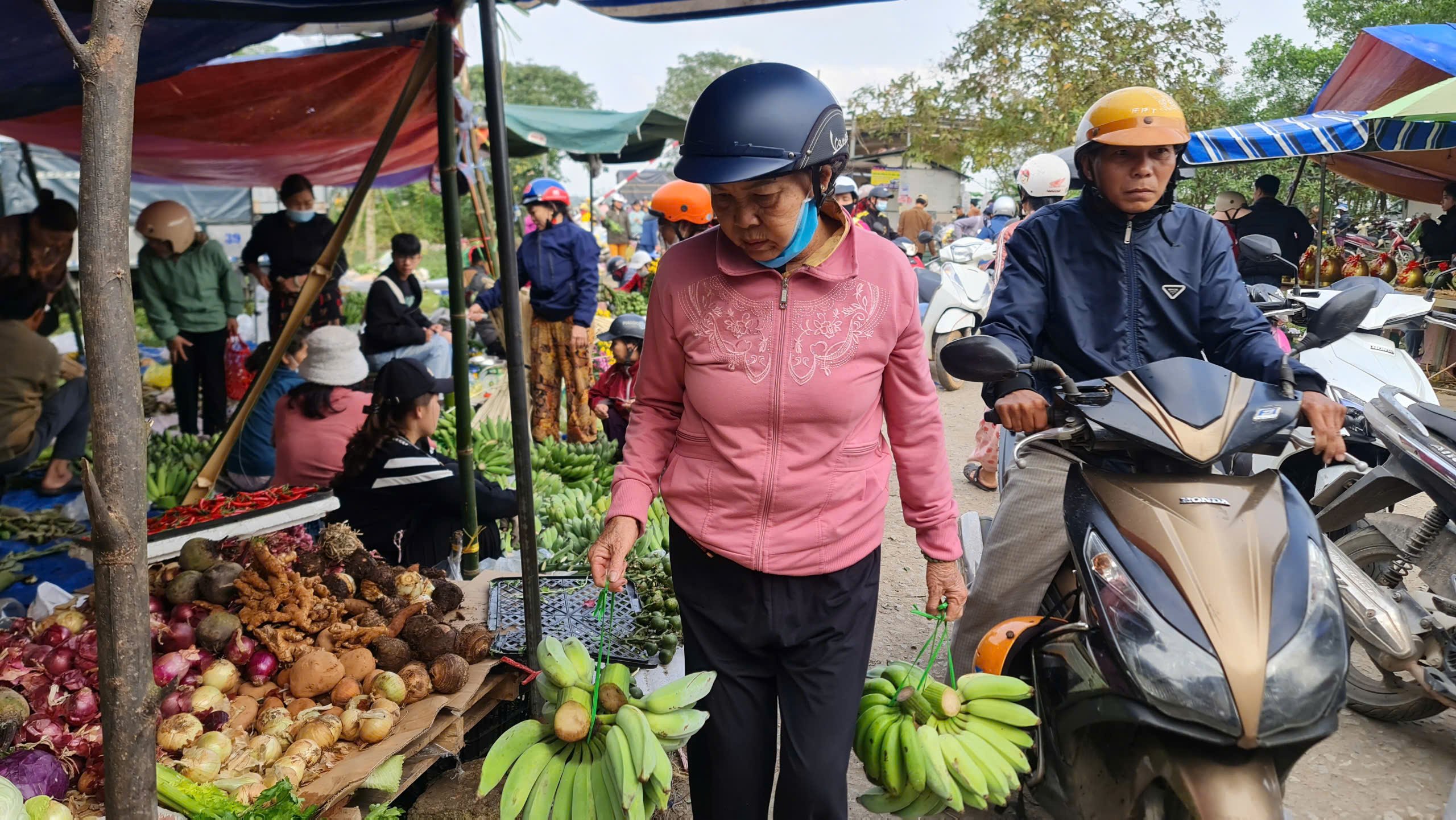
Many Hue women go to the market, choosing beautiful bunches of bananas to offer on the altar during Tet.
PHOTO: LE HOAI NHAN
Since ancient times, families in Hue believed that during Tet, there must be bananas on the altar to worship ancestors. Small families would buy a few bunches, large families would buy dozens of bunches but still not enough to worship.
Following my mother to the market these days, I see that bananas are even more "valuable", 5-6 times more expensive than usual. To buy a bunch of bananas, many people have to queue and jostle all morning.
My mother listed a series of bananas to be offered during Tet on paper, such as bananas to display on the fruit tray placed below, bananas to be placed on the ancestral altar, on the altar of the grandmother, on the kitchen altar, on the terrace altar, on the outdoor shrine, on the Buddha altar... Then banana bunches to be offered at the end of the year, on New Year's Eve, on the morning of the first day, on the ancestors' farewell offering after Tet on the fourth day... any house with many altars, the more offerings, the more bananas to be offered.
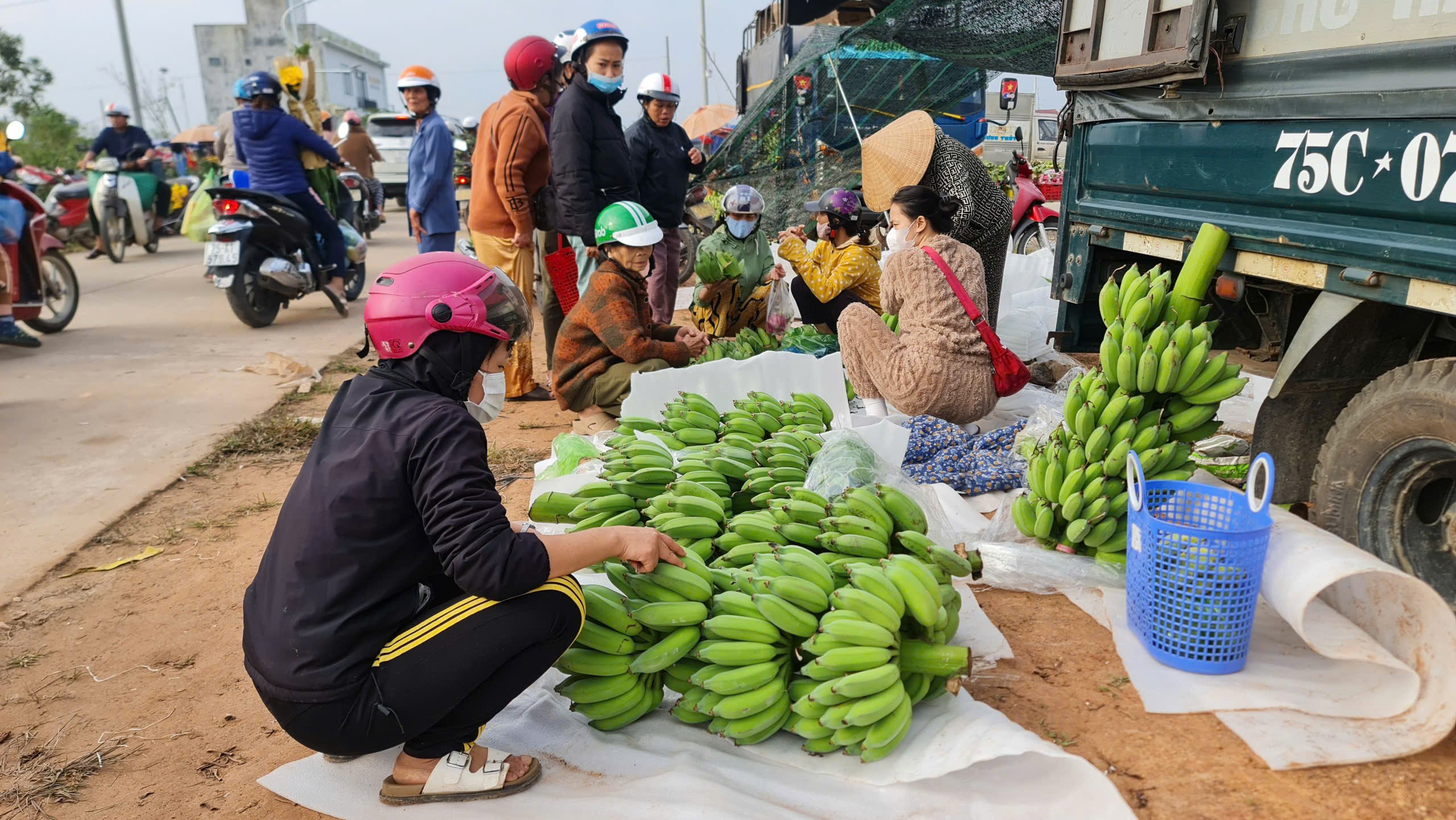
Banana rows are always crowded with customers.
PHOTO: LE HOAI NHAN
For young people like me, at first it seems very difficult to choose a beautiful bunch of bananas, but for those who have lived more than a lifetime in this ancient capital, choosing bananas for Tet is a very familiar thing. My mother told me that to buy bananas for Tet, we have to wait until December 28 to choose the right bananas, not too green, not too ripe, to keep for a long time.
"The bananas for worship must be unripe but not too green, and must be round and beautiful. A bunch of bananas with many spreading bananas is a beautiful banana, like the Buddha's hand protecting all living beings," my mother explained.
Squeezing through more than a dozen banana rows, my mother chose a satisfactory bunch, priced at 300,000 VND/bunch, but everyone was happy because they chose beautiful bananas to buy and offer to the ancestors' altar on Tet holiday.
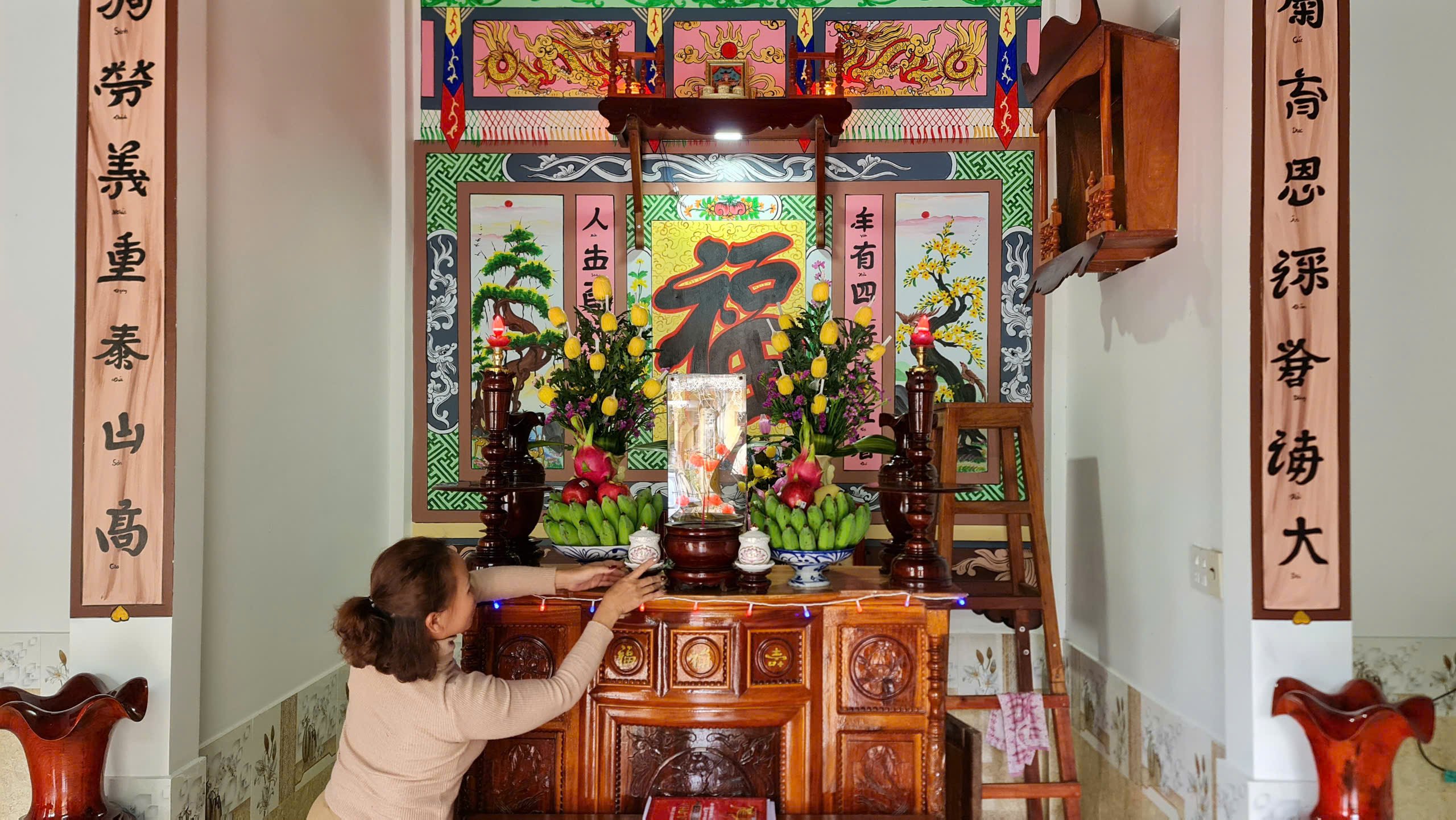
Banana bunches are placed solemnly on the ancestral altar during Tet.
PHOTO: LE HOAI NHAN
In the Tet markets in Hue, people mainly sell honey bananas and royal bananas. There are many varieties of royal bananas. Hue people often worship the cau royal banana variety, the fruit is small and even, sweet and fragrant, and when ripe, it has a beautiful green-yellow skin.
Bananas are bought in large quantities, so "consumption" after offering them is also a "difficult problem" for many Hue families. For my mother, after Tet she starts making banana jam, and when the sun is out, she makes dried bananas. There are also years when it rains for a long time, the bananas ripen and fall apart, my mother regrets throwing the bananas away, but the following Tet she still happily goes out to buy bananas.
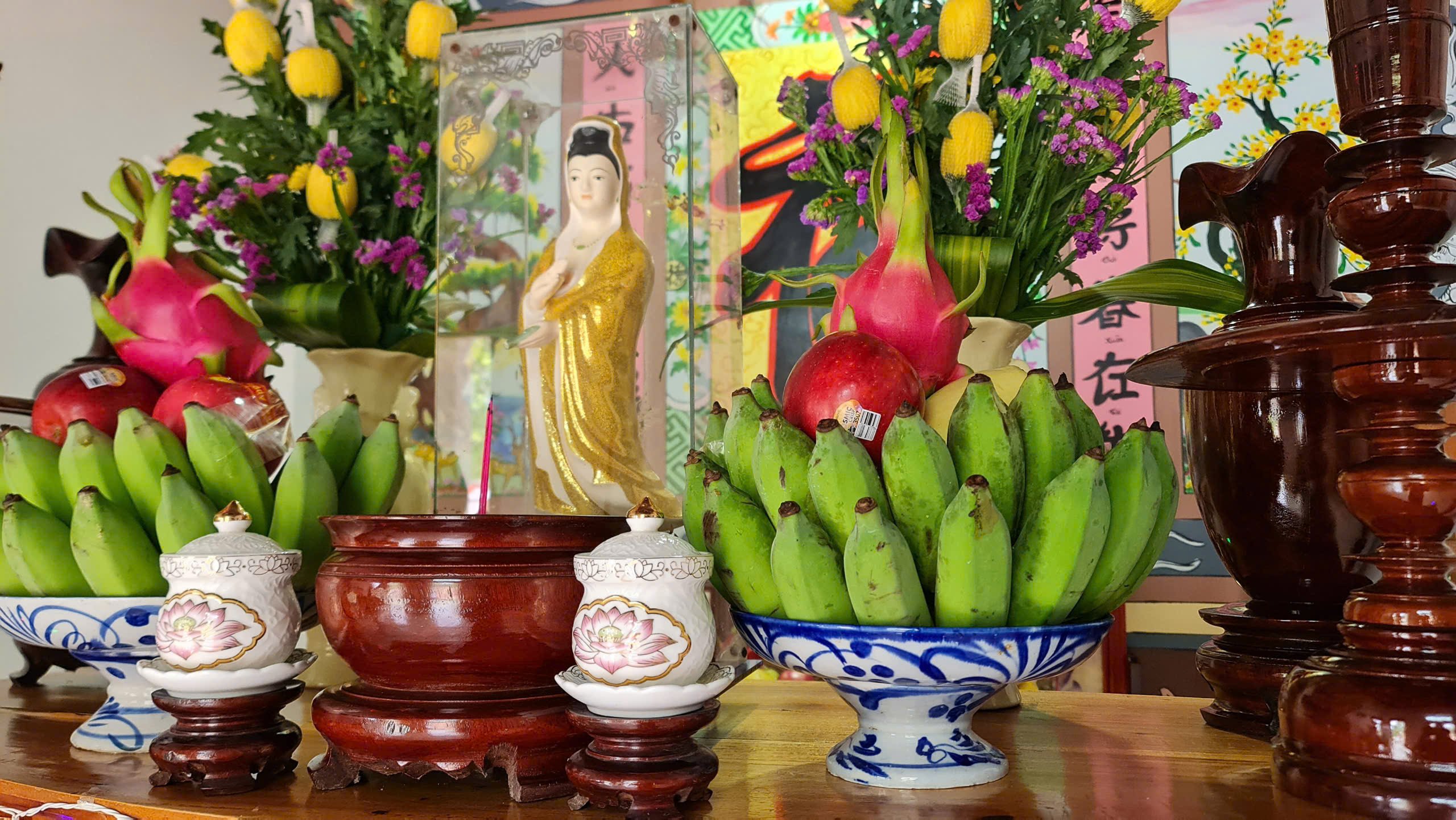
The banana variety chosen by Hue people to offer on the altar is usually the honey banana, the green fruit.
PHOTO: LE HOAI NHAN
Hue researcher Nguyen Xuan Hoa explained that, for the ancient Hue people, bananas were the most basic offerings on the altar during Tet, which could be kept for a long time. The bananas that were often chosen were areca bananas or honey bananas. Honey bananas were the most "respected" variety, placed on the main altars.
"Because Tet is long, the ancient Hue people often choose "huom huom" bananas on the altar, which means green bananas, not ripe bananas. The ancient Hue people always put fruit and a type of flower on the banana offering. Northerners call this type of flower Hoang Lan, but Hue people often call it "bai roi" flower. This type of flower has the effect of ripening the bananas but not over-ripe", said Mr. Hoa.


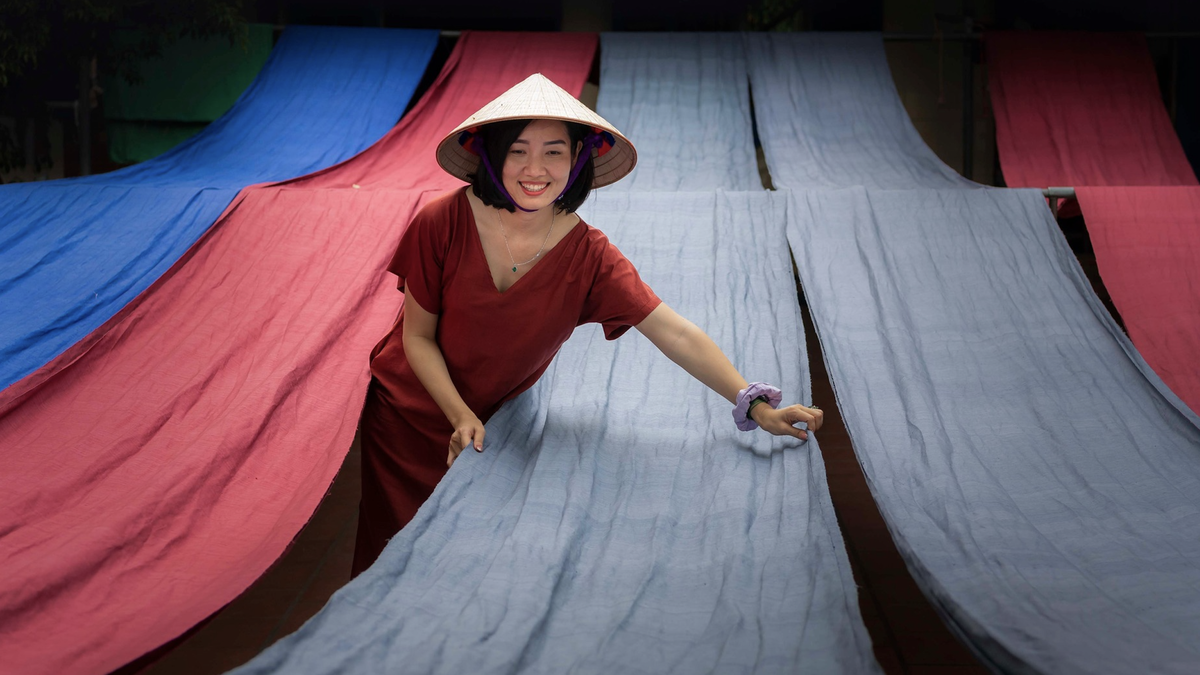
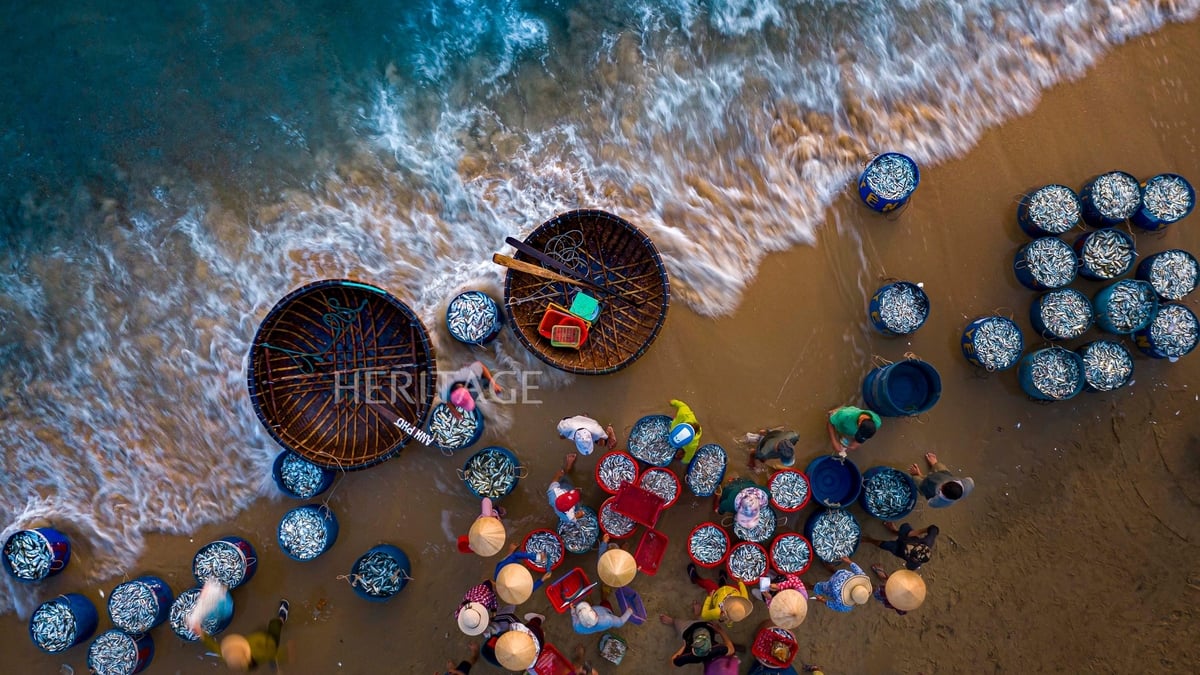



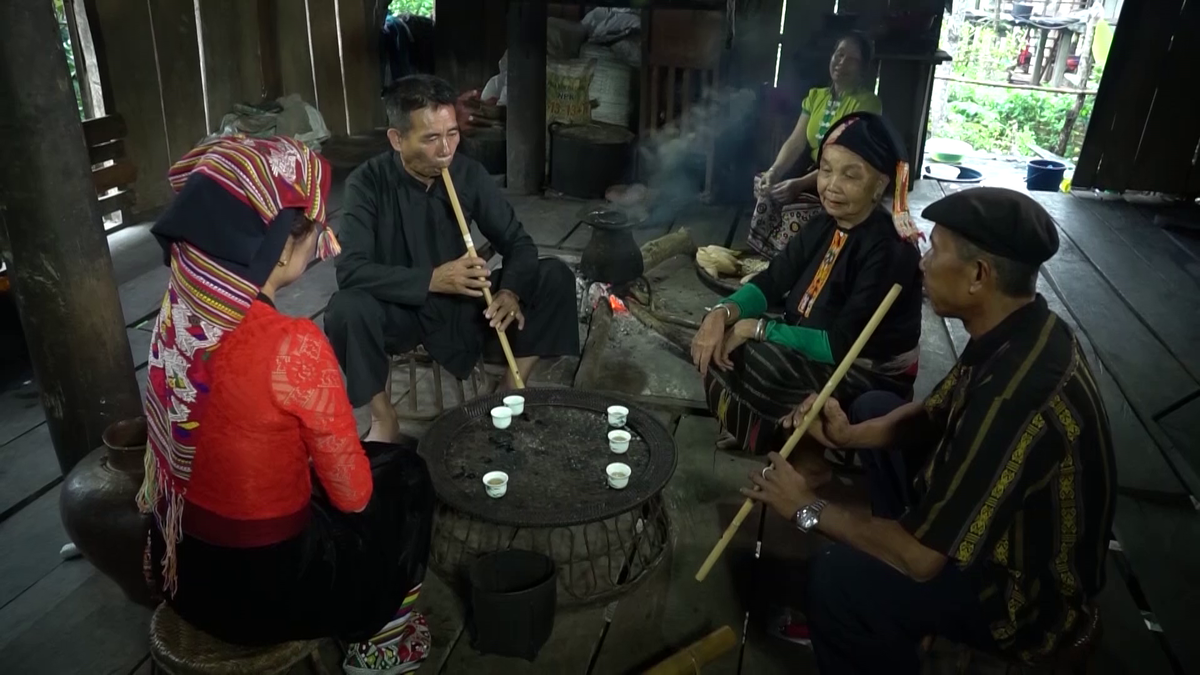
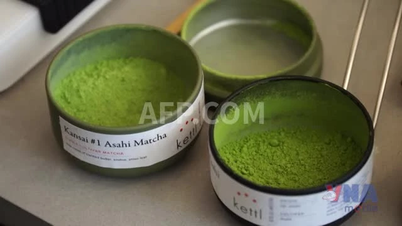

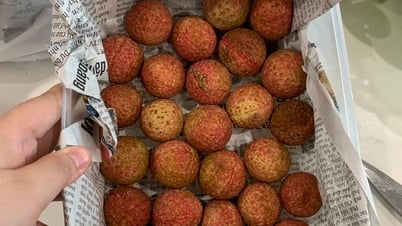
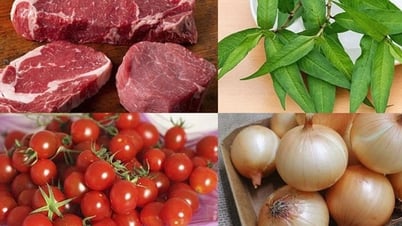

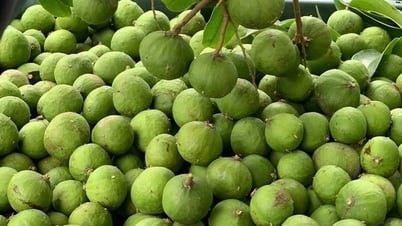
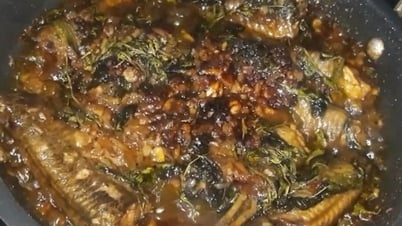
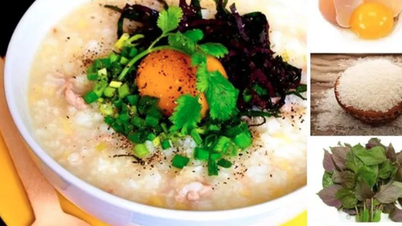







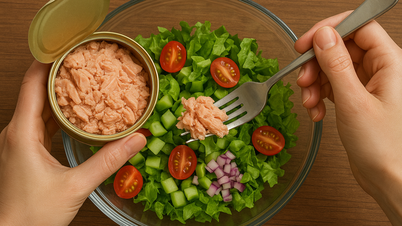

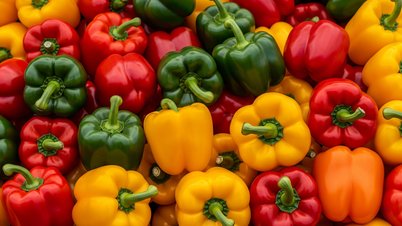
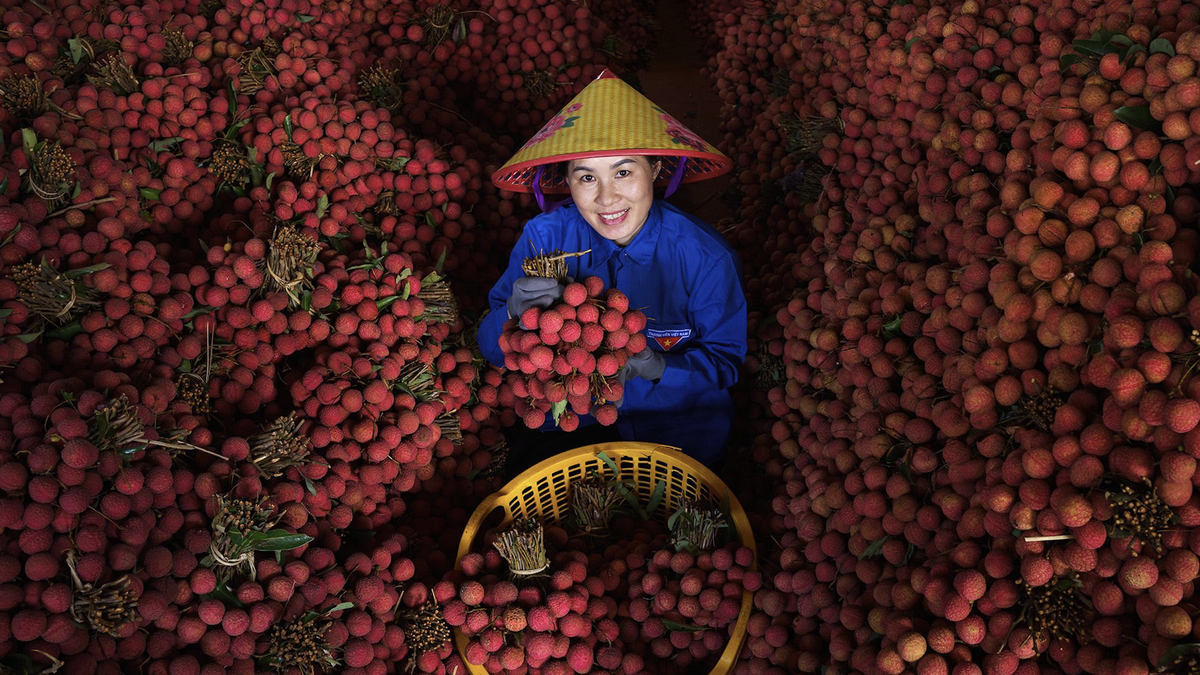
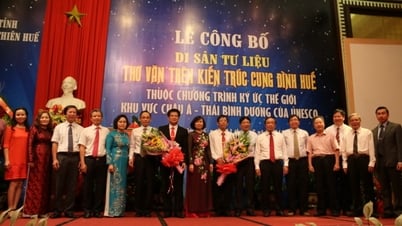

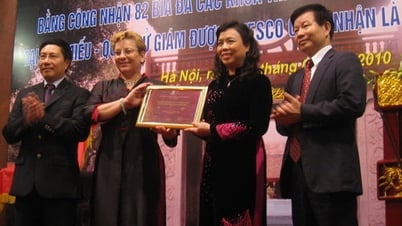

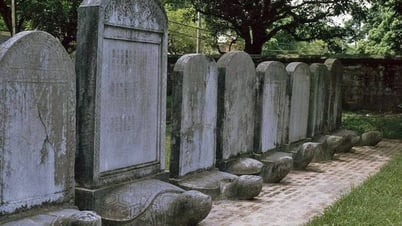

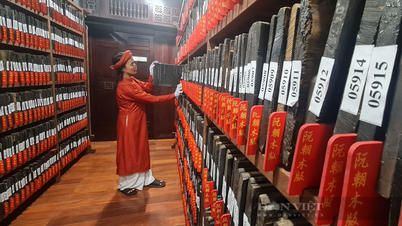





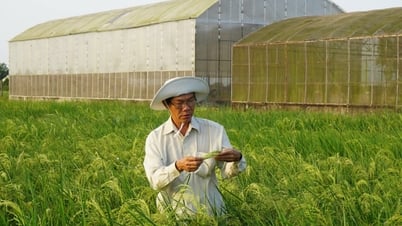

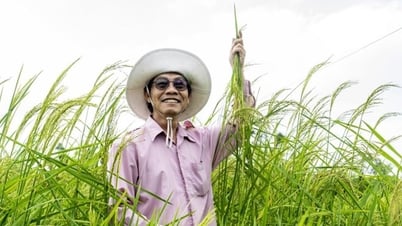

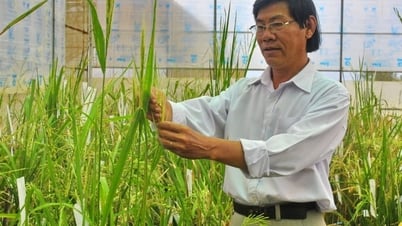

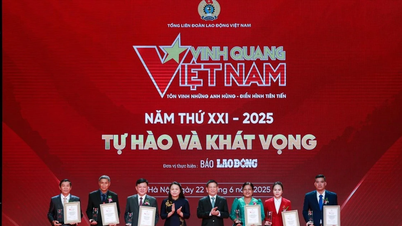

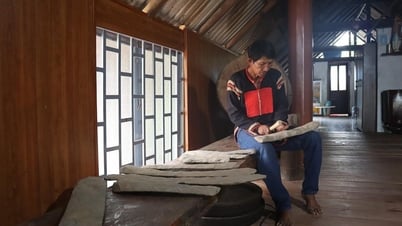

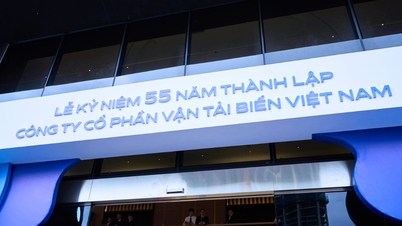



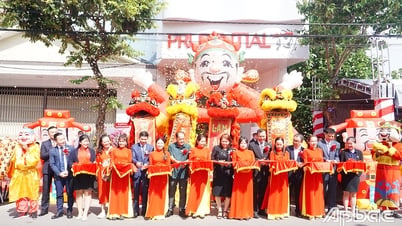





![[Photo] General Secretary To Lam attends the launch of 3 digital platforms serving the implementation of Resolution No. 57-NQ/TW](https://vphoto.vietnam.vn/thumb/402x226/vietnam/resource/IMAGE/2025/7/2/d7fb7a42b2c74ffbb1da1124c24d41d3)







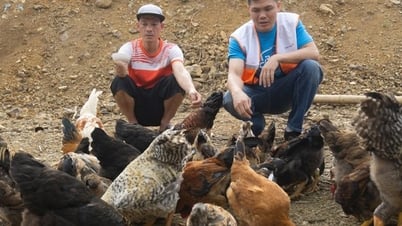











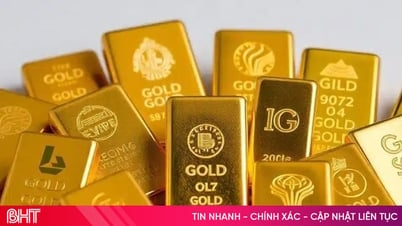

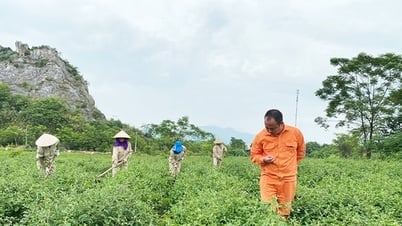









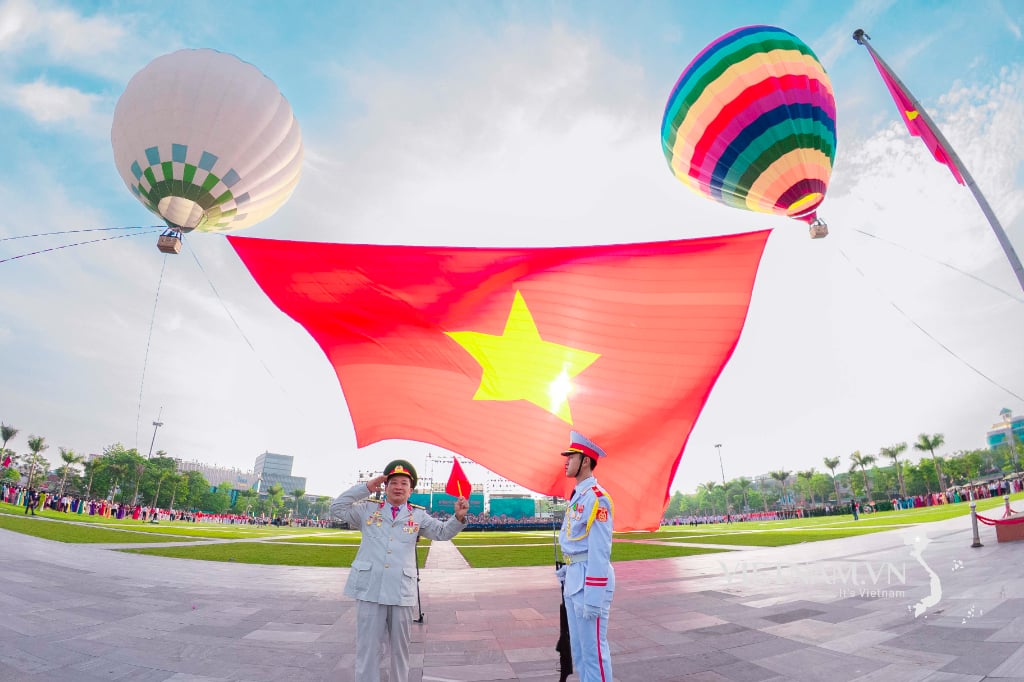
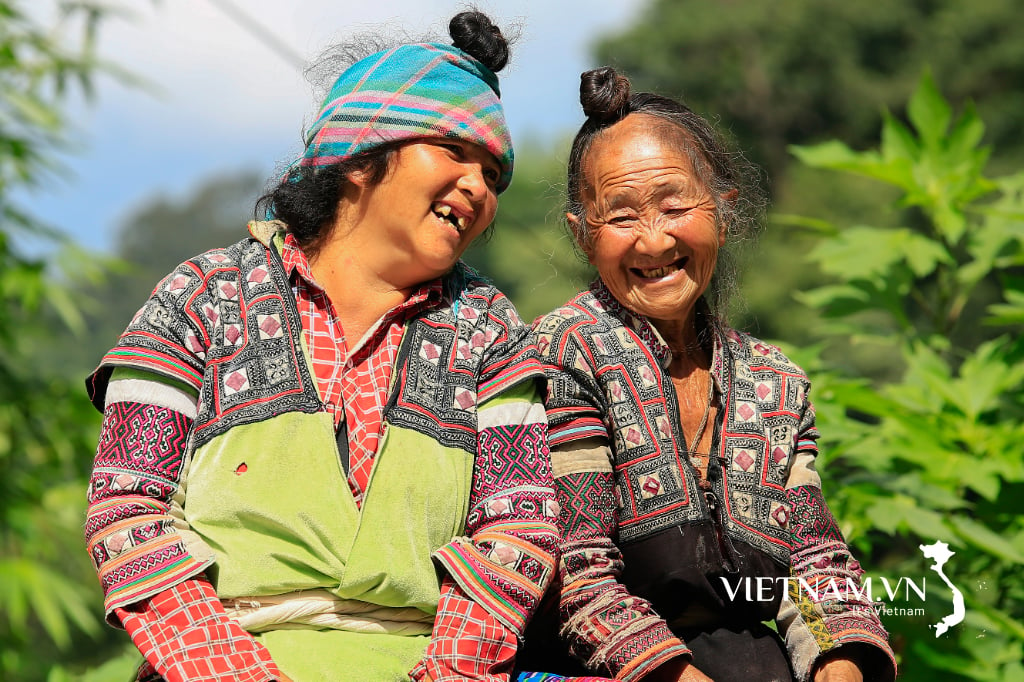


Comment (0)